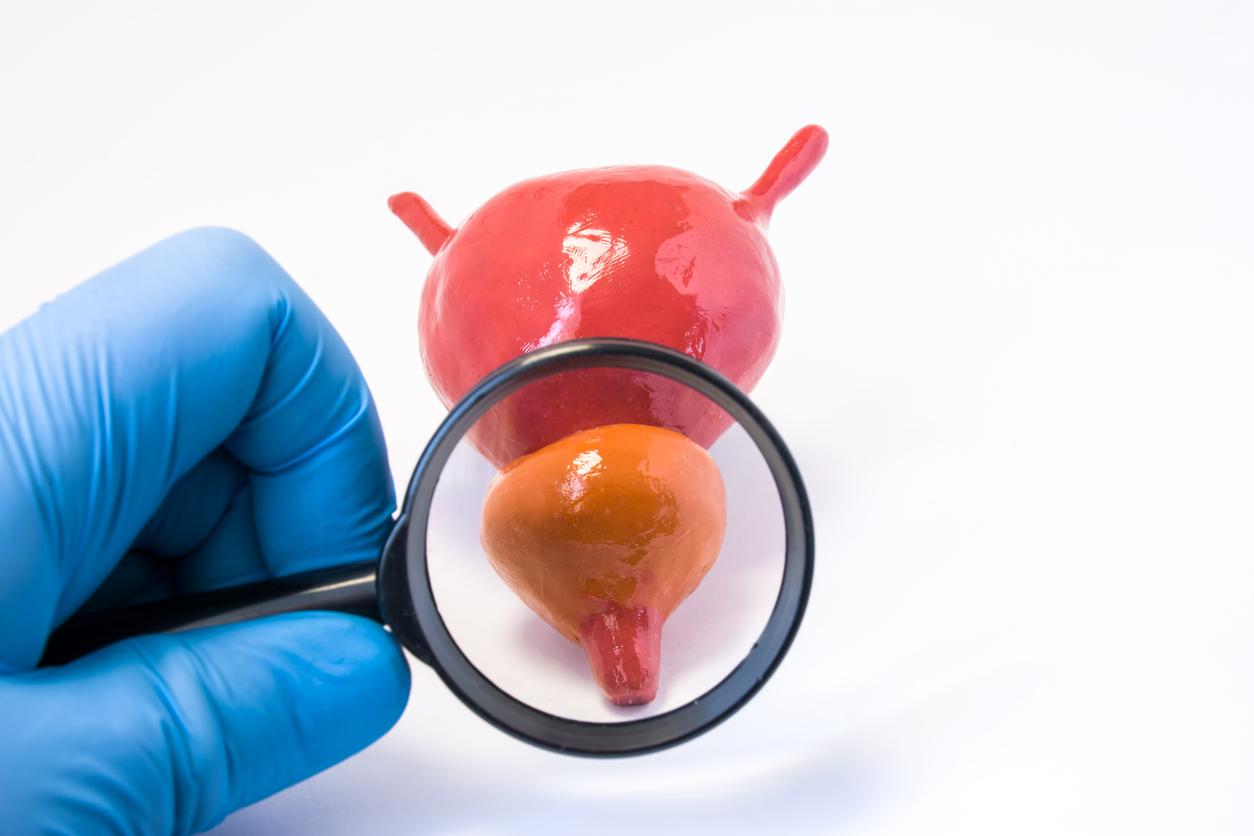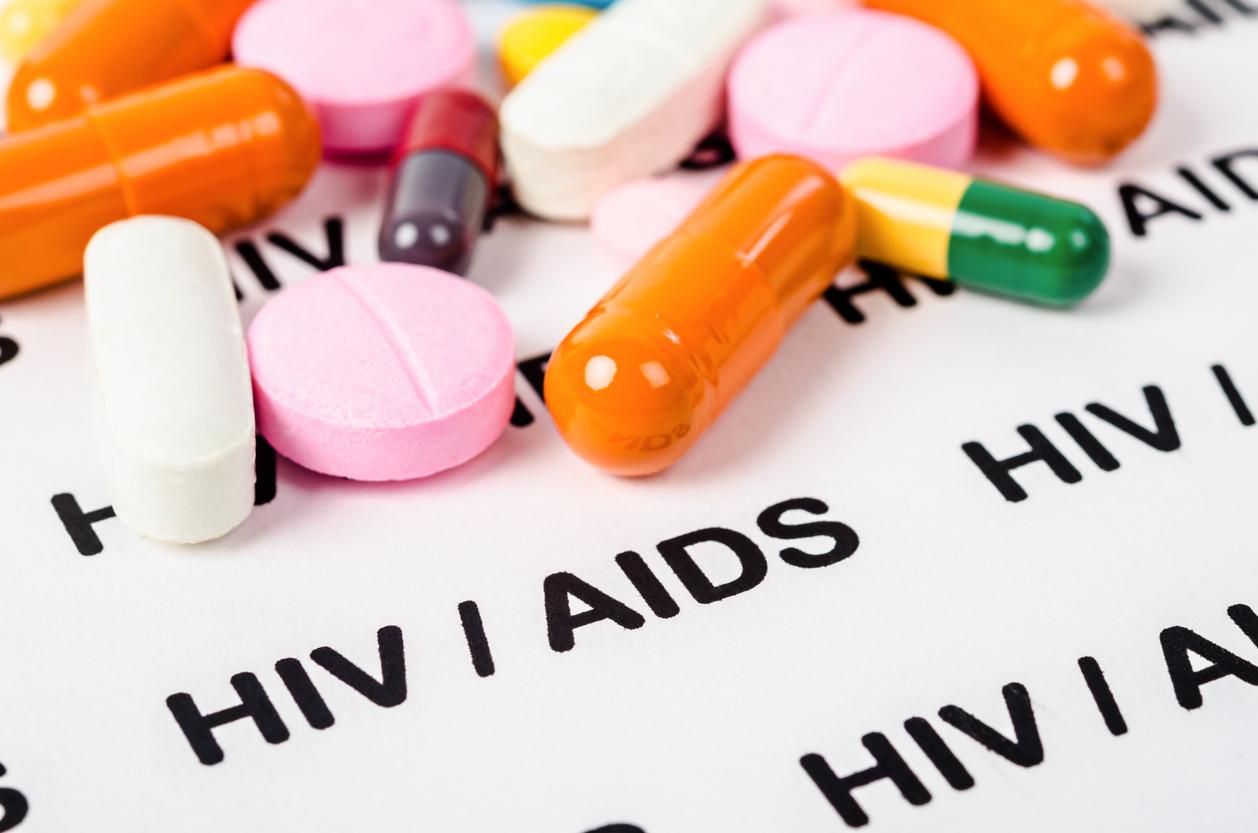While we imagined this disease disappeared, 33,000 cases of syphilis were diagnosed in 2017 in Europe, more than the AIDS virus.

You might think that’s ancient history, and yet. In recent years, syphilis has made a comeback in France and Europe. In 2017, nearly 1,800 cases were diagnosed in France and 33,000 in Europe, according to the European Center for Disease Prevention and Control. When diagnosed and treated in time, this disease is very treatable. But otherwise, it can have serious consequences and reach the kidneys, eyes or even the central nervous system.
Lack of knowledge of the patients involved
If syphilis knows this recrudescence on the territory, it is because the patients do not know it. “We have forgotten the modes of contamination compared to the types of sexual intercourse, explains Dr. Jean-Marc Bohbot, doctor at the Alfred Fournier center in Paris. I often have patients who tell me: ‘I protect all penetrative relationships’. Except that we forget that fellatio is a penetration like the others… So we can catch all STIs (sexually transmitted infections) during a blowjob.”
A highly contagious disease
The bacterium responsible for syphilis, named Treponema pallidum, is extremely contagious. However, it is a silent disease. “In concrete terms, syphilis causes lesions… which are painless!”, specifies Dr. Agathe Goubard, laboratory director at the Alfred Fournier Institute. Additionally, they may be invisible unless they are located on the penis. If the chancre is located on the mouth or anus, it is difficult to spot. The only way to diagnose the disease is to take a blood test.
The condom is essential
As with all STIs, the condom remains the only defense that exists. However, it has been neglected these few years, especially within the LGBT community. In fact, eight out of ten cases of syphillis affect homosexual men. “Wearing condoms has been somewhat abandoned because AIDS is less scary. We has somewhat trivialized this disease, it remains serious but it is a chronic disease. In the mind of the public it is no longer a mortal danger”, continues Dr. Goubard.

.















